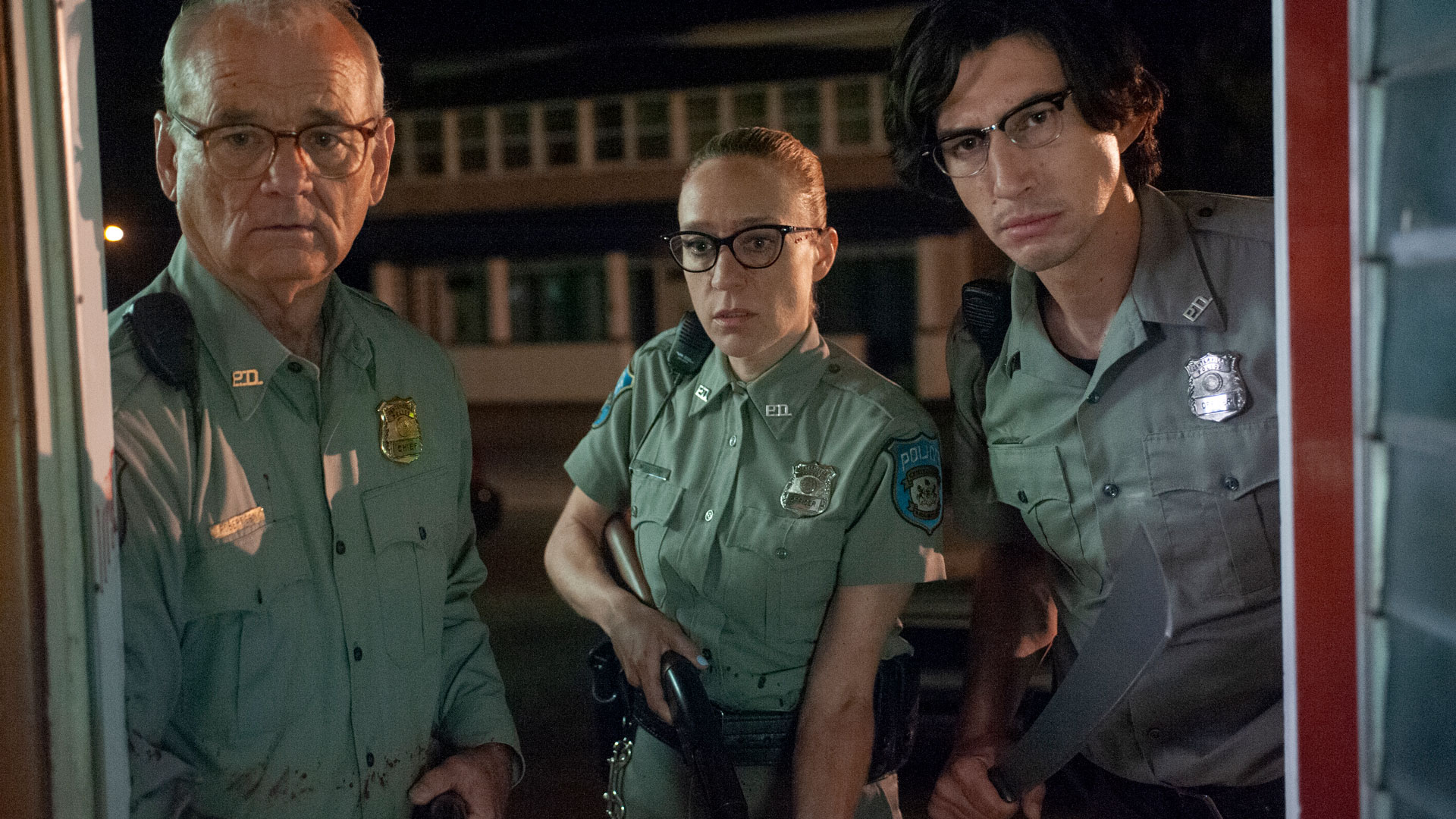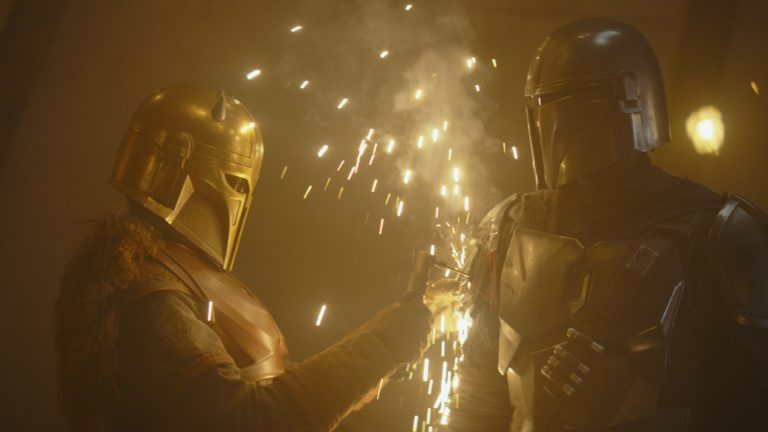The Dead Don’t Die has a lot in common with the rest of New York-based director Jim Jarmusch’s body of work. It’s a low-key, largely character-based piece with melancholy atmosphere, deadpan wit, and a killer ensemble — Bill Murray, Adam Driver, Chloë Sevigny and Steve Buscemi topline a cast that also includes Tom Waits, Danny Glover, Iggy Pop, Selena Gomez and RZA. But The Dead Don’t Die is a zombie movie, and that is very much a departure for the renowned indie auteur. Here’s one reason: Though Jarmusch experimented with undead tropes in 2013’s brooding vampire yarn Only Lovers Left Alive, The Dead Don’t Die is the first of his films to require a substantial amount of VFX work.
We talked to Sam O’Hare, VFX supervisor at Chimney, about the company’s work to complete nearly 300 VFX shots for The Dead Don’t Die at Chimney’s locations in New York City and Gothenburg, Sweden, including the project’s approach to remote collaboration.

Iggy Pop in The Dead Don’t Die
Frederick Elmes/Focus Features; © 2019 Image Eleven Productions
What was the scope of Chimney’s VFX work on The Dead Don’t Die? Were there gore FX and make-up augmentation? What else?
Chimney was responsible for producing all of the VFX for the movie. Unlike most zombie movies, this one didn’t have much gore, and it was almost all handled practically. Jim’s idea for the movie was that the zombies are all dried up and dusty inside, so that when they are cut, we see dust instead of blood.
A lot of the VFX consisted of decapitations and various other injuries to the zombies. We added CG weapons into shots where stub weapons were used on set and did simulations for the dust effects. We also executed blue-screen driving scenes and removal of one character’s body. We did cleanup and rebuild of one character’s neck due to a prosthetic snafu. We also generated a look for one character’s binoculars, which had to feel damaged and grimy.
Elsewhere, we did a lot of day-for-night conversion work. There were several scenes that were shot as day-for-night, but due to weather conditions they didn’t sell with just the color treatment. We went through and did sky replacement and exposure changes, added car headlights, streetlamps, and other light sources and scene interactions to help sell the shots.
You have offices in both Stockholm and New York, among other locations. How was the work tackled between those facilities?
The work was split between offices in New York (myself supervising and Nicole Melius producing) and Gothenburg (Alex Hansson supervising and Andreas Hylander producing). In Gothenburg, we worked with Haymaker, a frequent collaborator, to execute the VFX shots there. Most of the zombie effects (around 65 shots) were completed in Gothenburg, with all the other work (around 230 shots) completed in New York. For the most part, different scenes went to each office, but there were two scenes that we shared work on.
What VFX software was used? Were any new tools or techniques developed for the project?
The New York team worked primarily in [Autodesk] 3ds Max and [SideFX] Houdini for 3D, using Vray to render. The Gothenburg team worked mostly in Houdini, rendering in Mantra. [Foundry] Nuke was the primary compositing software for both studios, with some shots also finished in Fusion Studio in New York.
VFX-wise, we didn’t build any new tools to finish the work, but we did use DaVinci Resolve Studio (along with our high-speed intra-office backbone) as a real-time playback tool to allow the director and DP in New York to watch, frame-for-frame, the same color-corrected, uncompressed footage and communicate in real time. This sped the review process up dramatically.
When did you come on the project, and did you speak directly with Jarmusch and/or [DP] Frederick Elmes about the visual style?
We came onto the project in the planning phases, and were present on the early scouts, tech scouts, and prep. We worked closely with both Jim and Fred to ensure the work we were doing fitted into their aesthetic. The film was edited in our New York office, so we were able to chat about VFX elements as the cut came together, and we were also present during color sessions with Fred and Joe Gawler at Harbor. This close collaboration was really helpful in guiding the look of the VFX work.
Jim Jarmusch is a New York-based director. How did you manage collaboration with him and Elmes?
As mentioned above, Jim was in our office most days for the whole edit process. That meant that we were always just down the hall and chatted regularly with Jim, Affonso Gonzalez (editor) and Perro Pivovar (associate editor). This was the first film that Jim had done that had significant VFX, and the proximity meant that it was much more painless to go through the process, which can seem like a bit of a black box to those who don’t understand it.
Both Jim and Fred were wonderful to work with. Jim is a very gracious and supportive director — he is trusting and collaborative with the whole crew and allows and encourages everyone to do their best work. Many of the crew had worked on several of Jim’s movies. I’m sure this is part of the reason they love working with him.
The Dead Don’t Die is available for purchase on DVD and Blu-ray Disc and for viewing on digital streaming services.
Crafts: VFX/Animation
Sections: Creativity
Topics: blackmagic design chimney DaVinci Resolve fusion Jim Jarmusch sam o'hare VFX
Did you enjoy this article? Sign up to receive the StudioDaily Fix eletter containing the latest stories, including news, videos, interviews, reviews and more.










